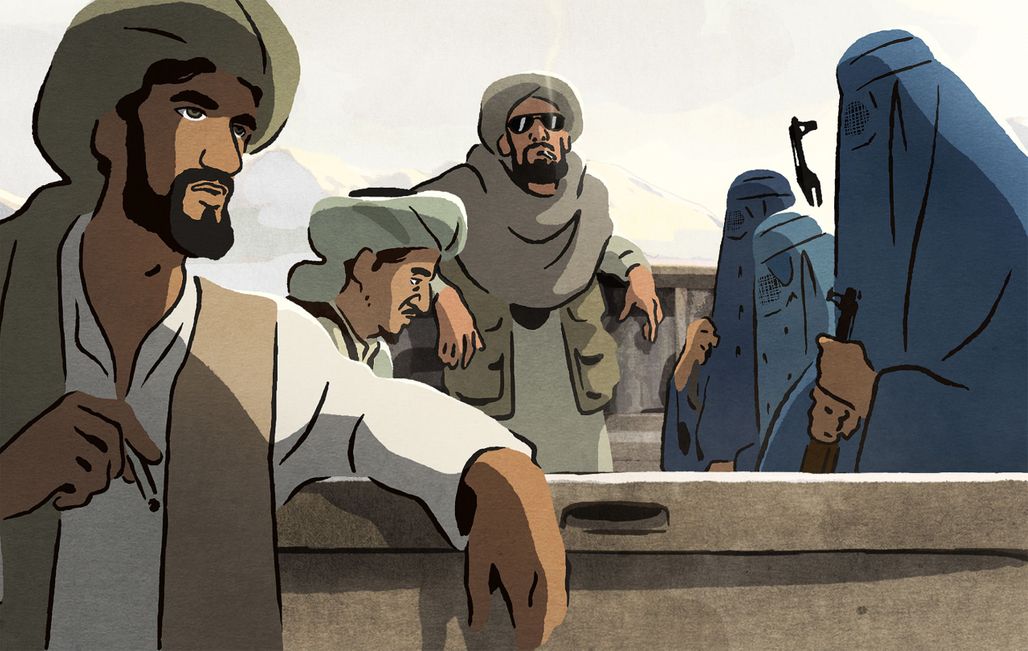
Les Hirondelles de Kaboul (The Swallows of Kabul), as seen by Éléa Gobbé-Mévellec

Discovered in 2008 thanks to her short film Escale, Éléa Gobbé-Mévellec is a truly gifted talent in the realm of animation. After having worked on the successful animated film Ernest et Célestine (Ernest & Celestine), she was chosen to work alongside Zabou Breitman to co-direct Les Hirondelles de Kaboul (The Swallows of Kabul), an animated film adapted from the novel by Yasmina Khadra that follows Mohsen and Zunaira, two young lovers in Taliban-occupied Kabul.
Tell us about how your film began.
Les Armateurs called me in 2013 to offer me a graphics job for Les Hirondelles de Kaboul (The Swallows of Kabul). I was won over by the story and its setting. Kabul is an incredible source of inspiration; all the tools for the mise-en-scène were there to carry these characters through both the beauty and the extreme violence in a very intense way.
My graphics proposal convinced Zabou Breitman, and we launched ourselves into making a pilot before co-directing the feature film.
A few words about your actors?
The actors did an incredible job that went beyond the usual animation work. They lent us both their voices and bodies without knowing much about the process we were in the process of setting up. Simon Abkarian, for example, helped us a lot with his precise knowledge of certain gestures, such as with the ablutions. The animators captured all of this and we ended up with very eye-opening drawings as a result.
What did you learn while directing this film?
A lot of things! As this was my first film, I made countless discoveries. Since the project itself required us to free ourselves from the usual conventions, I leaned to rethink everything, from both a practical and more global and personal point of view, to look at things as they exist in and of themselves in order to come up with a decision. I learned about the richness of synergy, from both an individual point of view and for the film. I learned how to coordinate all this to ensure the making of a successful film.
What made you want to become a director? Your sources of influence?
I’ve always loved the cinema and drawing, but I didn’t consider becoming a director of animated films until late. I recently recalled, however, that this was a very strong childhood desire I had when I watched Club Dorothée… Back then, I loved City Hunter, Paul Gaugin and Hugo Pratt. It was while studying the Applied Arts, however, that my career path became more defined. I thrived on films, and I that’s when I discovered Les Triplettes de Belleville (The Triplets of Belleville). This beautiful reconciliation between illustration and cinema opened the way for me to animation.
What is your view of French cinema?
I love its diversity and its creative freedom, even if it isn’t always stressed. With animation, it’s quite spectacular to see that each film reinvents itself with a specific graphic design each time, in order to support the story. In French studios, there is complete freedom on the creative level, with room to think about the film before even determining what technique will be used. I get the sense that this helps with decompartmentalizing, and that even if progress is still slow, animated films are beginning to be considered more and more as “films”, and less and less as a “genre”.


